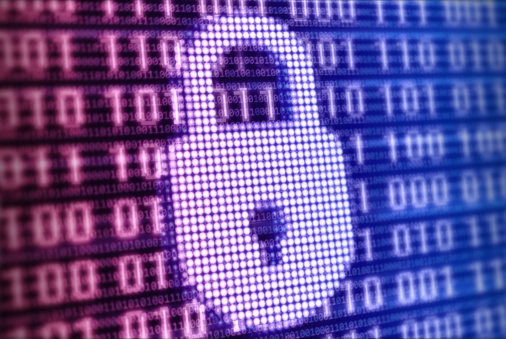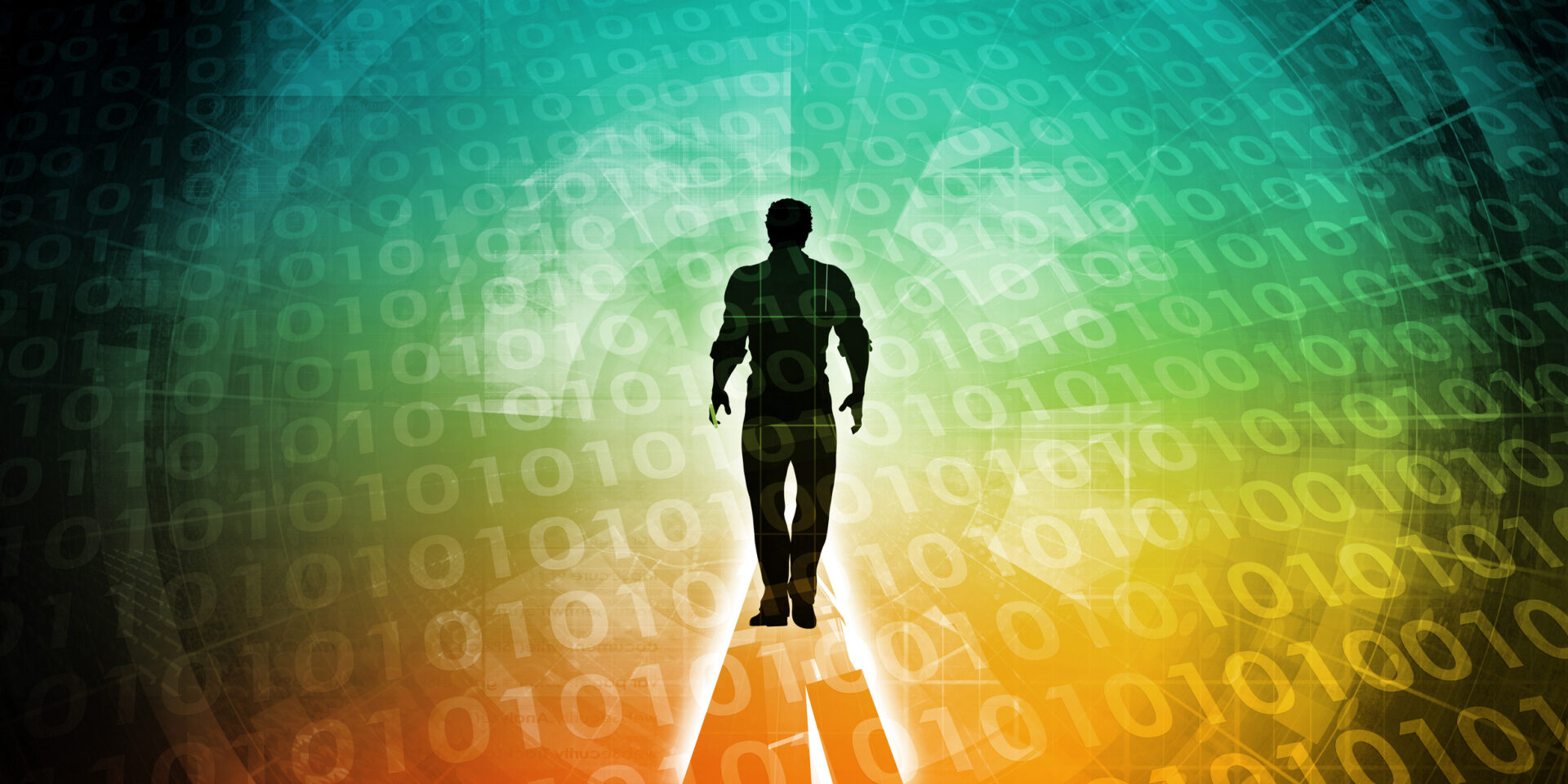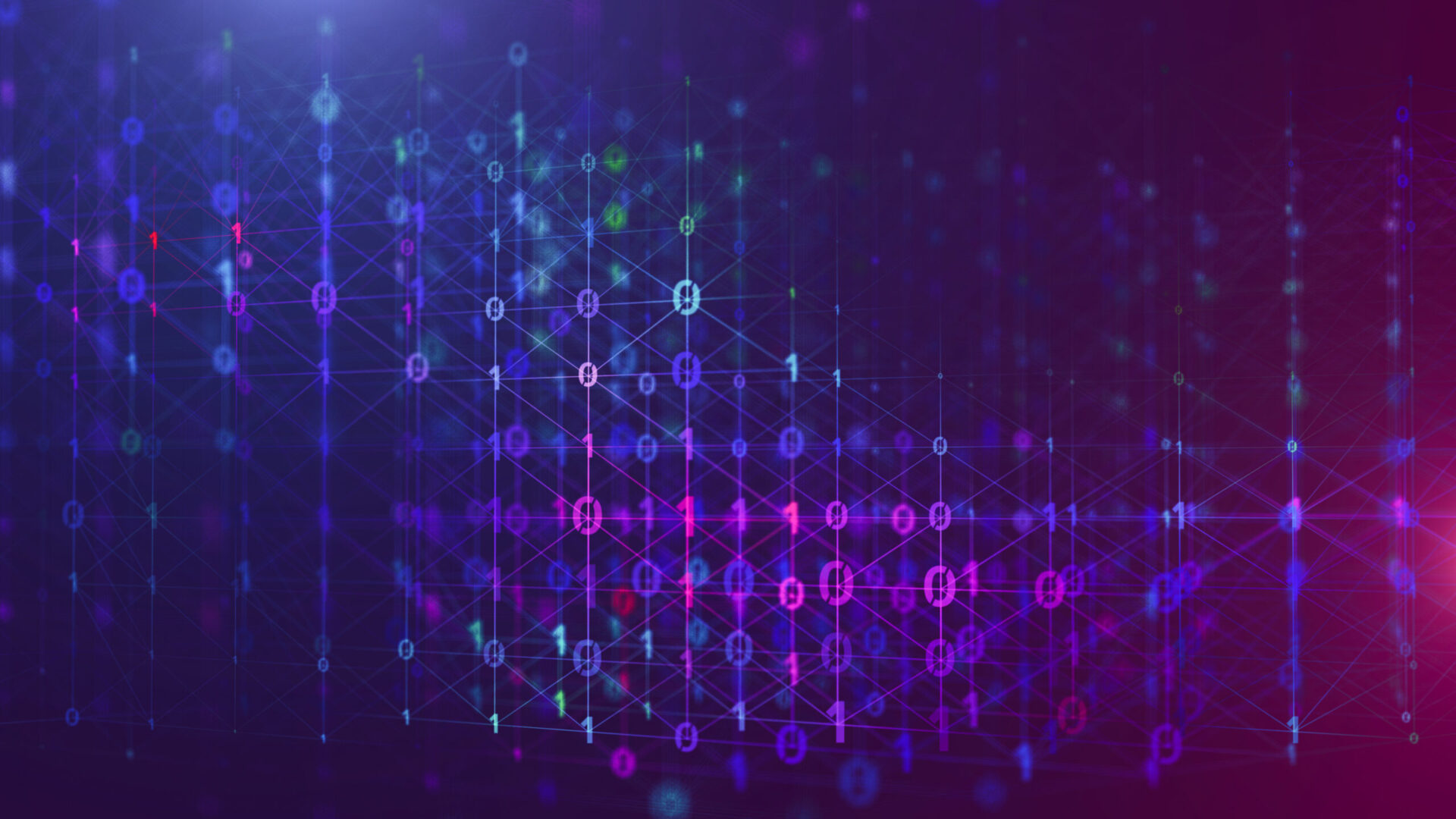 In my predictions for 2020, I highlighted that tape is not going away any time soon. It’s actually experiencing a renewal as it has become quite obvious to a whole new generation of IT professionals that it is a great medium for high-capacity and low-cost storage.
In my predictions for 2020, I highlighted that tape is not going away any time soon. It’s actually experiencing a renewal as it has become quite obvious to a whole new generation of IT professionals that it is a great medium for high-capacity and low-cost storage.
While the traditional use case of backup and recovery suffered in the past from recovery performance limitations compared to disk, other use cases have recently emerged. Large-scale archiving of course but also cold cloud storage, which is really large-scale archiving behind a cloud service interface and consumption model. Yes…tape actually powers a whole bunch of storage cloud services! Capacity, automation, and low cost make it possible.
Modern devices that integrate fast “cache” layers and the ability to leverage easy and friendly user and file system interfaces now make it a lot easier to “plug” tape into an environment without having to hire a PhD in “tapeology.” In combination with specialized high performance devices, mass producers of data can leverage high-performance (memory and disk-based) devices for production, and high-performance/large-capacity tape devices for storage. The media space is a good example.
A couple of tape vendors have recently announced initiatives and/or new products that help address parts of the gigantic ransomware issue. It should come as no surprise: Tape can easily be put off-line, air-gapping the data from the main network and the outside world—and by that I mean the nefarious actors that might corrupt the data to extort a ransom. It’s a great solution that can help improve compliance levels, and provide a “gold” copy type and isolated recovery capability. Some ransomware attacks can corrupt backups—sometimes specifically targeting the backup systems—so everyone should have an air-gapped gold copy mechanism in place. With modern devices and many integrations into the ecosystem, recovery can be accelerated (compared to the good old days) should it be necessary. I recently wrote a paper on the topic for HPE.
As I said, tape is not going away any time soon… 🙂

 As part of the
As part of the  2020 started with a bang in the data protection space with the announcement of the acquisition of Veeam by Private Equity firm Insight Partners. Insight Partners is no stranger to the space, having invested in Acronis, as well. In this short blog, I am going to net out my views on this acquisition.
2020 started with a bang in the data protection space with the announcement of the acquisition of Veeam by Private Equity firm Insight Partners. Insight Partners is no stranger to the space, having invested in Acronis, as well. In this short blog, I am going to net out my views on this acquisition.  Today’s announcement of Mimecast acquiring Segasec should help companies close another important gap in the race against the rampant phishing and credential theft attacks.
Today’s announcement of Mimecast acquiring Segasec should help companies close another important gap in the race against the rampant phishing and credential theft attacks. As of January 1st, the California Consumer Privacy Act is now in effect. The CCPA lets anyone in California request all the information a company has on them as a consumer, including what data has been sold to /accessed by other companies. And when it comes to penalties, if a company is notified of being out of compliance (i.e., unable to provide all the data of their consumers), they have 30 days to comply or they will get fined per record. And that “per record” component is important because it highlights how quickly a fine could balloon into billions of dollars in fines. The interesting component of this is that if a company doesn’t comply, it opens companies to face class action lawsuits from consumers.
As of January 1st, the California Consumer Privacy Act is now in effect. The CCPA lets anyone in California request all the information a company has on them as a consumer, including what data has been sold to /accessed by other companies. And when it comes to penalties, if a company is notified of being out of compliance (i.e., unable to provide all the data of their consumers), they have 30 days to comply or they will get fined per record. And that “per record” component is important because it highlights how quickly a fine could balloon into billions of dollars in fines. The interesting component of this is that if a company doesn’t comply, it opens companies to face class action lawsuits from consumers. Enterprise Strategy Group recently completed an interesting study where, rather than surveying IT buyers and practitioners as is normally the case, we targeted employees in non-IT roles like sales, human resources, marketing, and finance. This provided a view of how the typical worker thinks about technology and the impact it has on their professional life. While a lot of the survey focused on end-user focused processes and technologies (mobile devices, applications, voice assistants), respondents were also asked for their perspectives on cybersecurity.
Enterprise Strategy Group recently completed an interesting study where, rather than surveying IT buyers and practitioners as is normally the case, we targeted employees in non-IT roles like sales, human resources, marketing, and finance. This provided a view of how the typical worker thinks about technology and the impact it has on their professional life. While a lot of the survey focused on end-user focused processes and technologies (mobile devices, applications, voice assistants), respondents were also asked for their perspectives on cybersecurity.